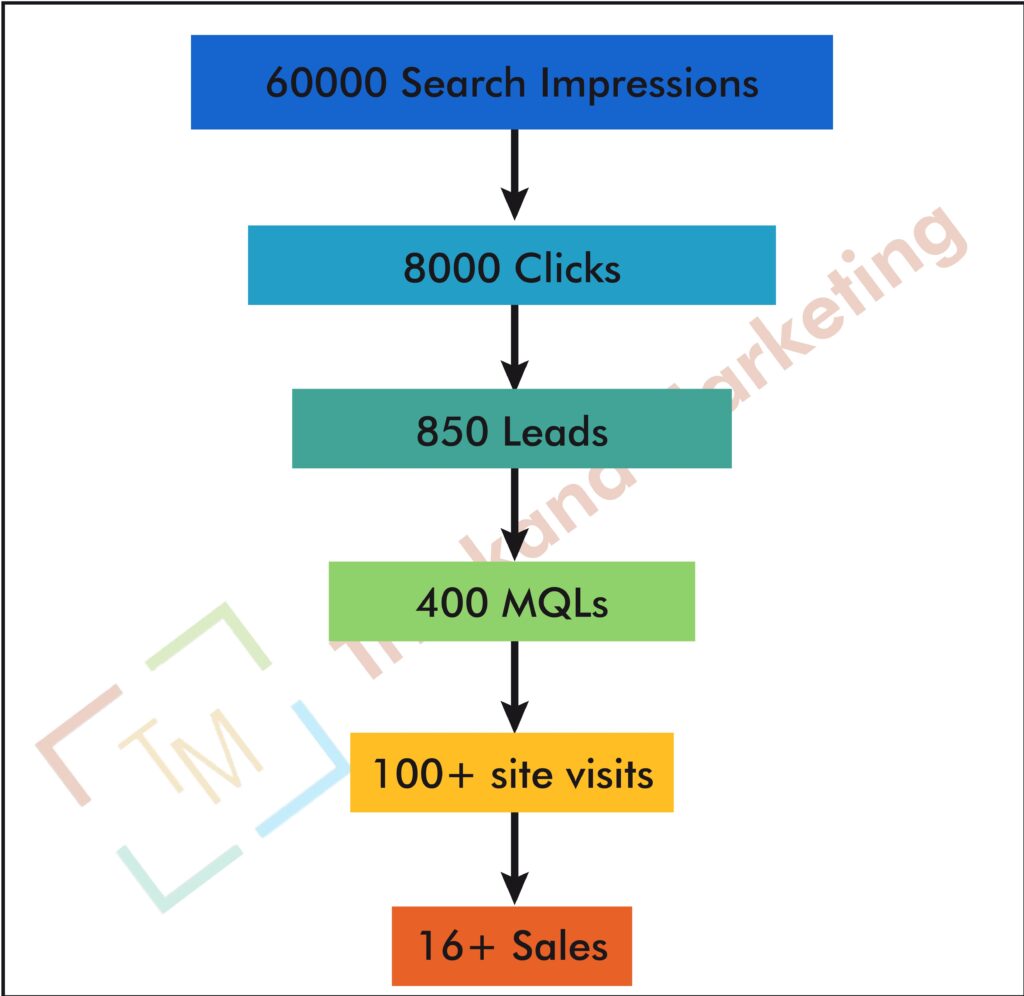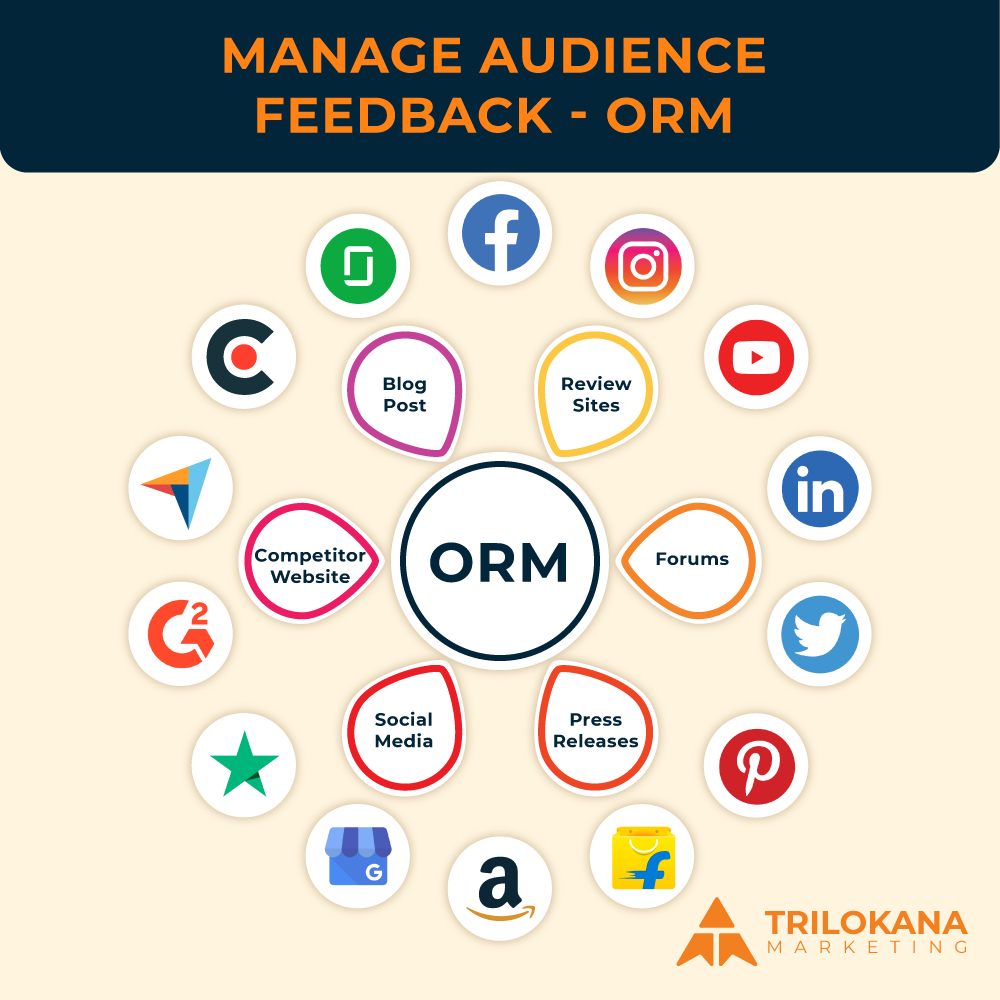Unlock the Power of Marketing Automation
Marketing automation can revolutionize your business by streamlining repetitive tasks, enhancing customer engagement, and driving more sales. However, implementing it successfully requires a strategic approach. This guide covers ten proven strategies to help you leverage marketing automation effectively.
1. Define Clear Goals and Objectives
Set clear goals to guide your marketing automation strategy.
Before diving into marketing automation, it’s crucial to establish clear goals and objectives. Determine what you want to achieve—whether it’s increasing lead generation, boosting sales, or improving customer retention. Setting specific, measurable, achievable, relevant, and time-bound (SMART) goals will provide direction and help you evaluate the success of your automation efforts.
Key Points:
- Identify your primary objectives (e.g., lead nurturing, customer segmentation).
- Align automation goals with overall business objectives.
- Regularly review and adjust goals as needed.
2. Choose the Right Marketing Automation Platform
Select a marketing automation platform that aligns with your business needs. Selecting the right marketing automation platform is critical for successful implementation. Evaluate platforms based on your needs, such as ease of use, integration capabilities, and features. Consider platforms like HubSpot, Marketo, and Pardot, which offer a range of tools to automate email marketing, social media, and lead management.
Key Points:
- Assess platform features and scalability.
- Ensure compatibility with existing systems.
- Evaluate customer support and training resources.
3. Map Out Your Customer Journey
Understand your customer journey to optimize marketing automation.
Mapping out your customer journey helps you identify touchpoints where automation can be most effective. Create detailed customer personas and map their journey from awareness to decision-making. This insight will guide you in setting up automated workflows that deliver personalized content and engage customers at the right stages.
Key Points:
- Create detailed customer personas.
- Identify key touchpoints and interactions.
- Develop targeted workflows based on customer behavior.
4. Segment Your Audience for Personalized Campaigns
Segment your audience to deliver personalized marketing messages.
Effective marketing automation hinges on delivering relevant content to the right audience. Segment your audience based on demographics, behavior, and purchase history. Use these segments to create personalized campaigns that address specific needs and interests, enhancing engagement and conversion rates.
Key Points:
- Use data to segment your audience.
- Develop personalized content and offers.
- Monitor segment performance and adjust as needed.
5. Automate Email Marketing Campaigns
Streamline your email marketing with automation.
Email marketing is a powerful tool for automation. Set up automated email campaigns for lead nurturing, welcome series, and abandoned cart reminders. Personalize emails based on user behavior and interactions to increase open rates and conversions.
Key Points:
- Design automated email workflows for different scenarios.
- Personalize content based on user behavior.
- Analyze email performance and optimize campaigns.
6. Integrate with Your CRM System
Integrate marketing automation with your CRM for seamless data flow.
Integrating your marketing automation platform with your Customer Relationship Management (CRM) system ensures a seamless flow of data between marketing and sales teams. This integration allows for better tracking of leads, improved lead scoring, and more effective follow-up strategies.
Key Points:
- Ensure smooth data synchronization between systems.
- Use CRM data to enhance automation workflows.
- Monitor integration performance and troubleshoot issues.
7. Utilize Lead Scoring and Nurturing
Implement lead scoring and nurturing to prioritize high-quality leads.
Lead scoring helps prioritize leads based on their engagement and potential value. Implement lead scoring criteria within your automation platform to identify and focus on high-quality leads. Set up lead nurturing workflows to guide prospects through the sales funnel and increase conversion rates.
Key Points:
- Define lead scoring criteria based on engagement and attributes.
- Automate lead nurturing with targeted content.
- Continuously refine lead scoring models based on performance.
8. Monitor and Analyze Performance Metrics
Track and analyze key metrics to gauge automation effectiveness.
Monitoring and analyzing performance metrics is essential for evaluating the success of your marketing automation efforts. Track key metrics such as email open rates, click-through rates, conversion rates, and ROI. Use these insights to refine your strategies and optimize campaign performance.
Key Points:
- Establish key performance indicators (KPIs) for automation.
- Use analytics tools to track and measure results.
- Adjust strategies based on data insights and trends.
9. Continuously Test and Optimize Campaigns
Regularly test and optimize your campaigns for better results.
Continuous testing and optimization are crucial for maximizing the effectiveness of your marketing automation campaigns. Conduct A/B testing on email subject lines, content, and calls-to-action. Use the results to make data-driven decisions and improve campaign performance.
Key Points:
- Implement A/B testing for various campaign elements.
- Analyze test results and apply insights.
- Regularly review and optimize workflows for better results.
10. Provide Training and Support for Your Team
Ensure your team is well-trained to maximize automation benefits.
Successful implementation of marketing automation requires that your team is well-trained and supported. Provide comprehensive training on the automation platform, best practices, and workflows. Offer ongoing support to address any issues and ensure the team can effectively utilize automation tools.
Key Points:
- Conduct regular training sessions for team members.
- Create detailed documentation and resources.
- Offer ongoing support and address any challenges promptly.
Embrace the Future of Marketing with Automation
Implementing marketing automation successfully requires careful planning, the right tools, and continuous optimization. By following these ten proven strategies, you can enhance your marketing efforts, drive more sales, and achieve your business goals.



